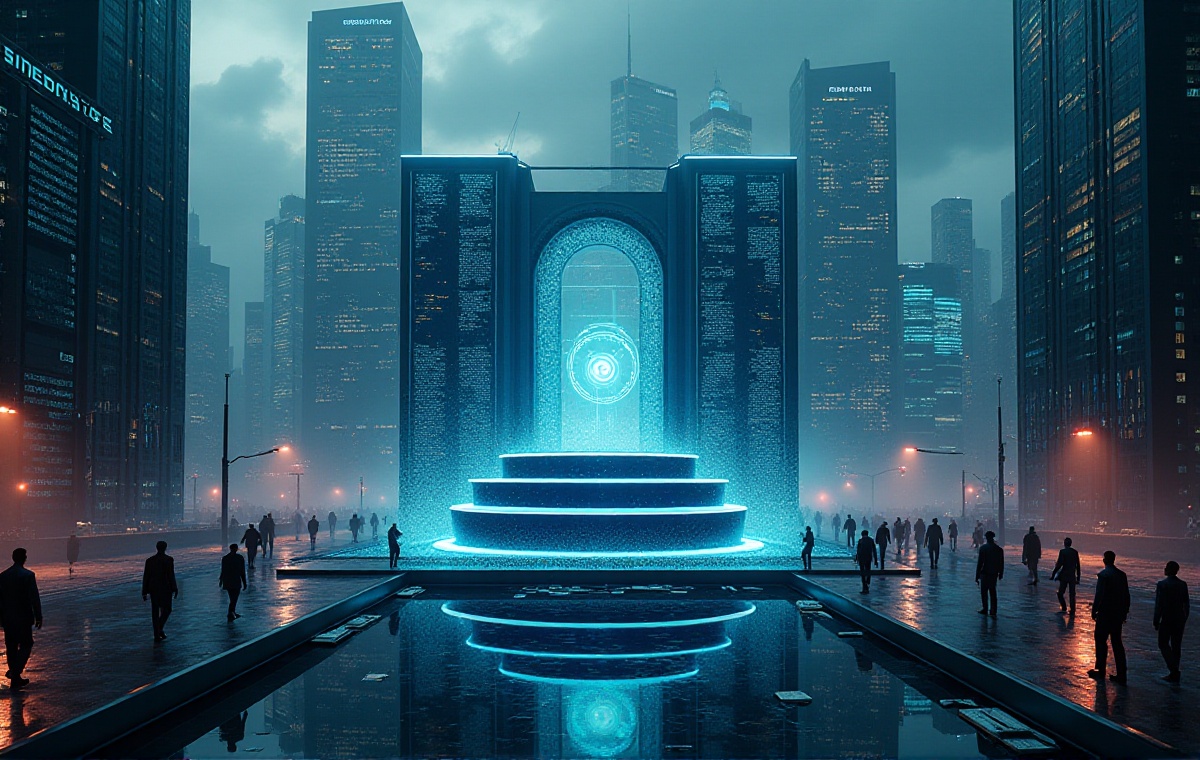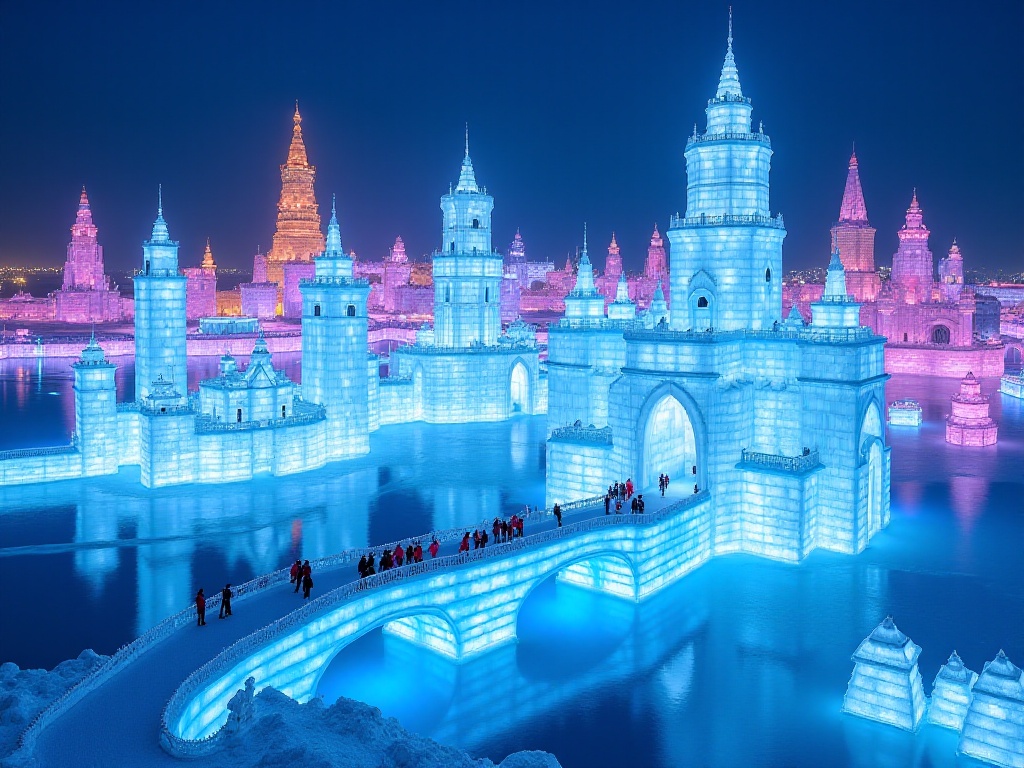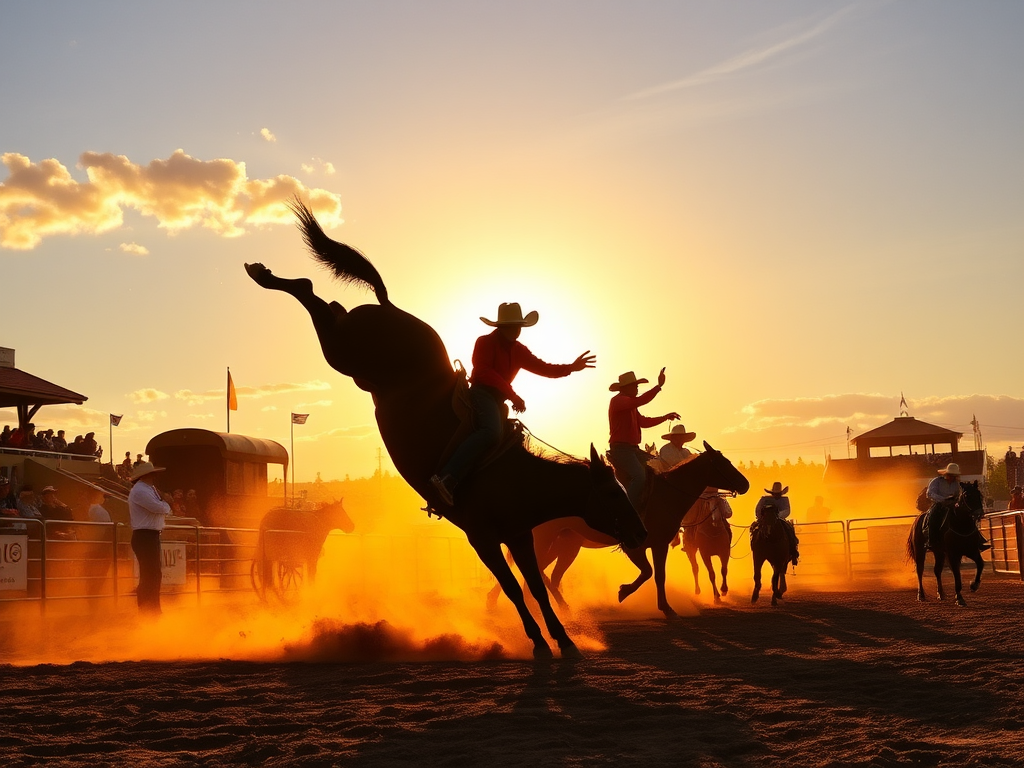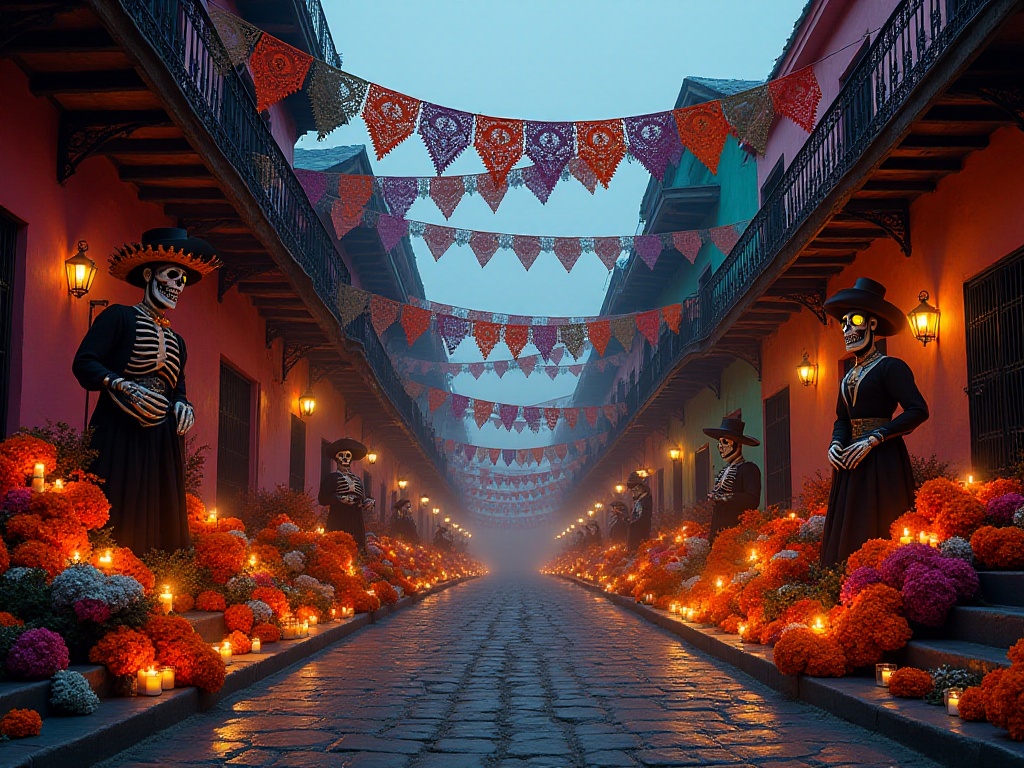Origins
Every February and March, New Orleans, Louisiana, transforms into a city that never sleeps. For an entire month of carnival festivities, the city becomes completely immersed in an ocean of joy. As a travel blogger who has traveled the world, I've seen many spectacular festivals, but New Orleans Mardi Gras is definitely one of the most special. Here you'll find not only breathtaking parades but also intoxicating jazz music and mouthwatering cuisine. The streets are filled with revelers wearing exquisite masks, and the air is permeated with a festive atmosphere.
Here, you can see all kinds of street performers and experience the most authentic New Orleans culture. In the small bars along the streets, melodious jazz music fills the air; at roadside stands, tempting food aromas waft through the air. Both locals and visitors from around the world are infected by the unique atmosphere here. This is not just a simple carnival but a multi-sensory feast for the eyes, ears, and taste buds.
Historical Origins
The history of New Orleans Mardi Gras dates back to medieval Catholic traditions. The timing of this festival is carefully chosen, always reaching its peak on the last Tuesday before Lent - known as "Fat Tuesday" (Mardi Gras). In French, "Mardi Gras" literally means "Fat Tuesday." This tradition originated from Catholics' final celebration before Lent.
During the following forty days of Lent, believers would begin a strict fasting life, requiring light meals and prohibiting meat consumption. Because of this, the carnival became people's last moment of "indulgence" before fasting. Over time, this religious holiday gradually evolved into a carnival celebration for all. People from different cultural backgrounds gather together to celebrate this joyous festival.
The history of New Orleans Mardi Gras can be traced back to 1718, when French explorer Bienville established the city of New Orleans on the banks of the Mississippi River. Subsequently, French immigrants brought their carnival traditions to this new continent. In 1857, the first carnival krewe was established and began organizing large-scale parade activities. Since then, New Orleans Mardi Gras has developed into the grand festival celebration it is today.
Throughout its long history, New Orleans Mardi Gras has undergone many changes. Initially just a small-scale religious festival, it gradually incorporated African American music culture, Creole culture, and other elements, forming today's unique cultural phenomenon. Each year's carnival continues to innovate while preserving traditions, constantly injecting new contemporary elements while maintaining traditional characteristics.
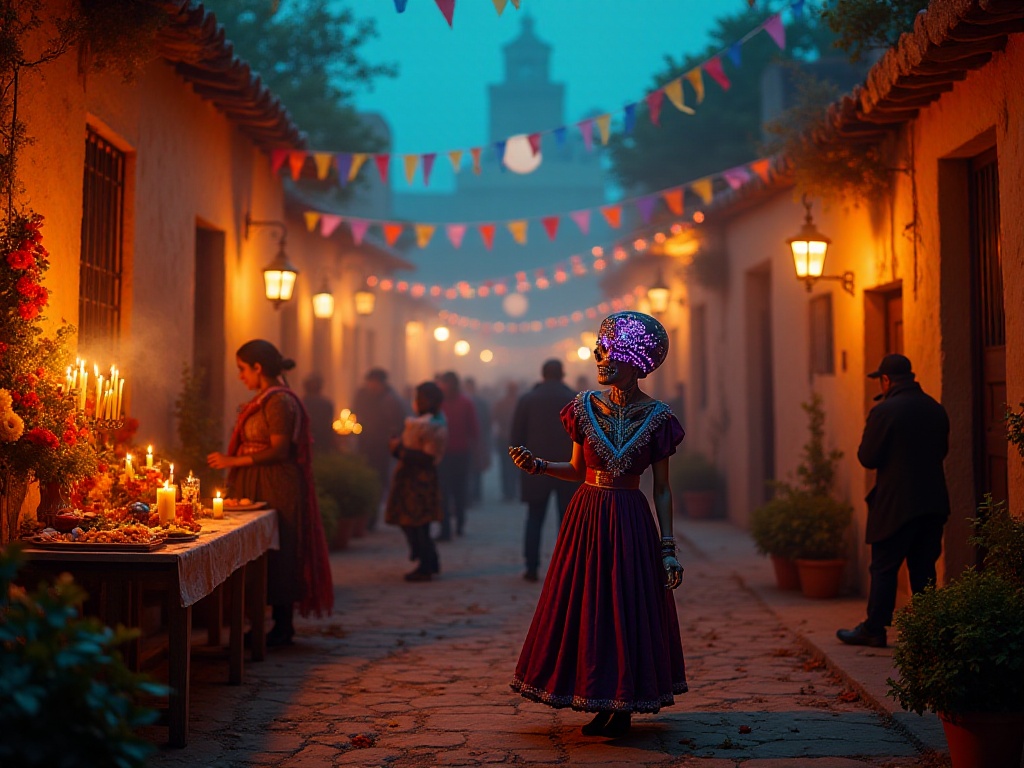
Carnival Experience
Parade Spectacle
As someone who has experienced it firsthand, I must say the New Orleans Mardi Gras parades are absolutely stunning! The entire city seems to come alive, with streets becoming an ocean of joy. I remember when I attended last year, from early morning, the streets were packed with anticipating spectators. People held signs saying "Throw me something, Mister!" waiting for gifts from the floats.
The scale of the parade is awe-inspiring, with dozens of elaborately decorated floats passing by in sequence. Each float is carefully designed, some themed after mythological stories, others showcasing local cultural features, and some filled with futuristic technology themes. The performers on the floats are all dressed up, wearing not only gorgeous costumes but also elaborate masks, throwing various small gifts to spectators.
These gifts, known as "throws," are quite interesting. The most common are colorful bead necklaces, locally known as "Mardi Gras beads." Besides these, there are plastic coins printed with carnival logos, special dolls, glow sticks, and more. Whenever a float passes by, the crowd erupts in cheers, everyone stretching out their arms hoping to catch the gifts falling from above.
The parade isn't just a daytime activity; nighttime parades have their own special charm. The floats are decorated with brilliant colored lights, particularly striking in the night. Buildings along the streets are also dressed in lights, transforming the entire city into an ocean of light and shadow. The sound of jazz bands playing, crowd cheering, and float motors blend together, creating a unique carnival symphony.
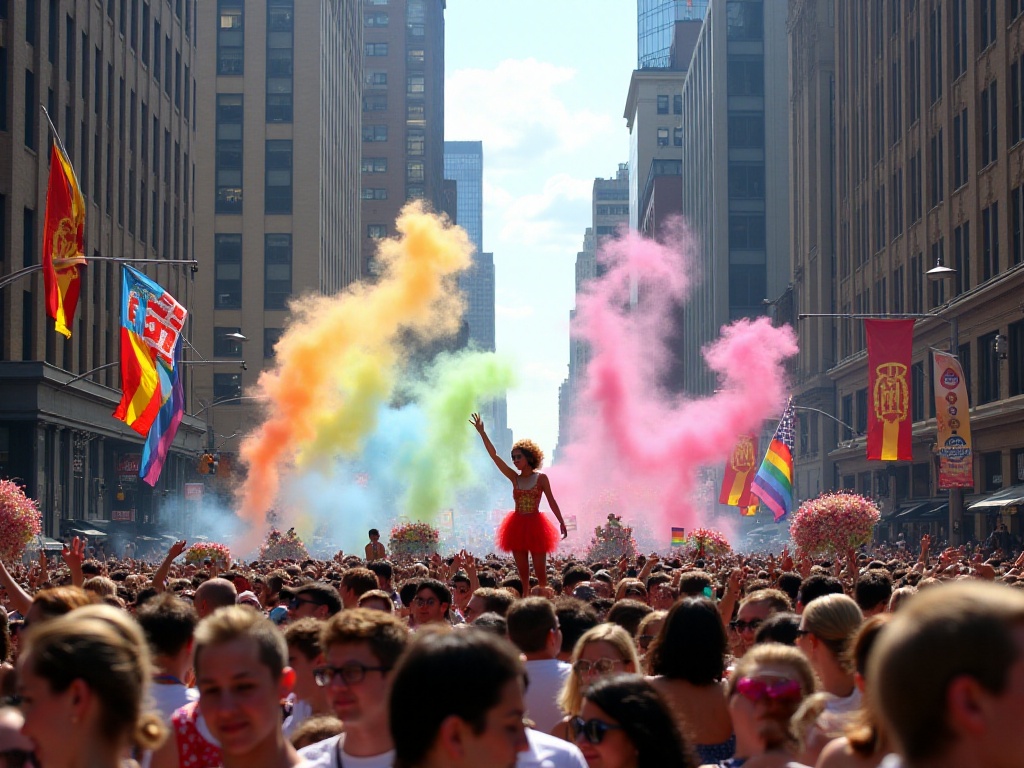
Food Culture
Speaking of New Orleans cuisine, it's truly irresistible. During carnival season, the entire city is filled with the aroma of delicious food. Creole cuisine is the most distinctive local food, combining cooking characteristics from French, Spanish, African, and other regions to create unique flavors.
The most representative dish is Red Beans and Rice with Andouille Sausage, which, though seemingly simple, contains deep cultural heritage. The red beans are slowly stewed for hours, combined with local special sausage, and served with fragrant white rice - just thinking about it makes one's mouth water.
There's also the famous seafood stew (Gumbo), a dish that fully demonstrates New Orleans' multicultural nature. The soup base is thickened with roux, adding okra, crab meat, shrimp, and other seafood, along with spices, creating a rich broth. Each restaurant has its own unique recipe, but all are memorable.
Speaking of desserts, one must mention the King Cake. This ring-shaped sweet treat is not only delicious but full of symbolism. The surface is covered with purple, green, and gold sugar frosting, representing justice, faith, and power respectively. Most interestingly, a small plastic baby is hidden inside the cake, and whoever gets this piece is responsible for bringing the King Cake to the next gathering.
Street food is also a must-try culinary experience. Oyster Po'boys, crispy fried shrimp, spicy crawfish - each one is irresistible. Especially during parade breaks, having a hot street snack with a local specialty beer is truly one of life's pleasures.
Participation Guide
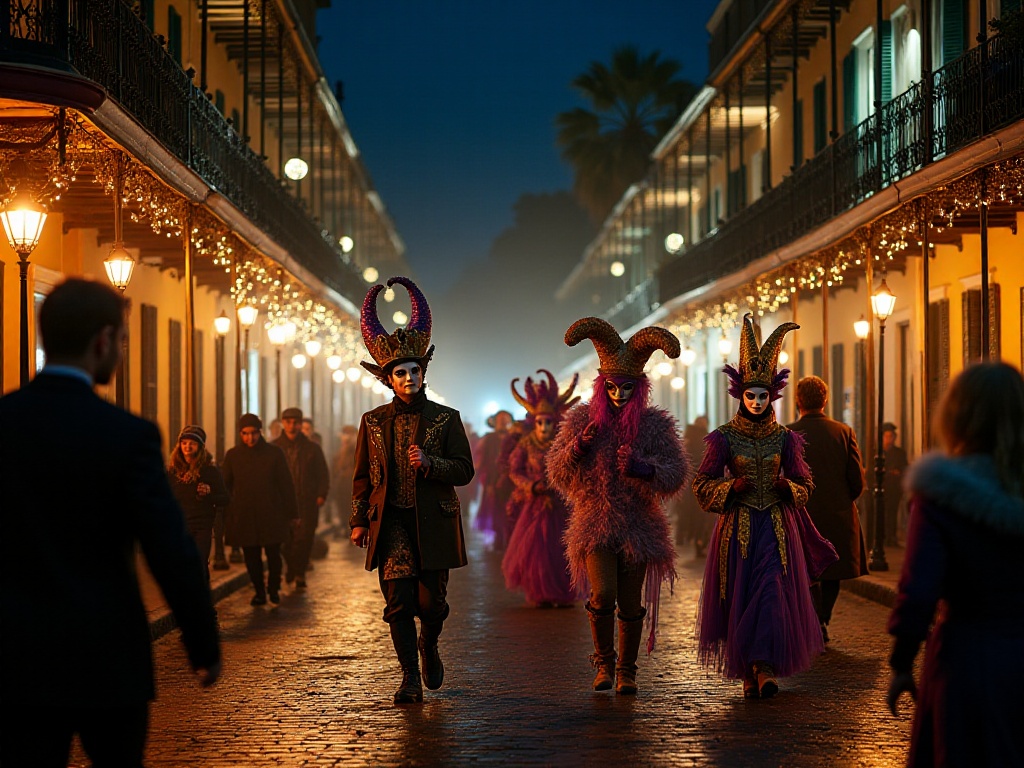
Accommodation Suggestions
Choosing the right accommodation is crucial for fully experiencing the charm of New Orleans Mardi Gras. From my experience, the French Quarter is the ideal location. It's not only the center of carnival activities but also New Orleans' most characteristic historic district. However, note that hotels here need to be booked at least six months in advance and are quite expensive.
Last year, I stayed at a boutique hotel near Bourbon Street. Although the room rate was indeed not cheap, it was definitely worth it. From the room's balcony, you could overlook the bustling streets and enjoy street performers' shows. Every night, melodious jazz music drifted in from the bars, completely immersing you in New Orleans' nightlife.
If you're on a budget, you might consider staying in areas around the French Quarter, such as the Marigny or Bywater districts. These places are slightly farther from the carnival center but are more affordable while still maintaining strong New Orleans character. However, note that public transportation gets very crowded during carnival season, so plan your travel routes in advance.
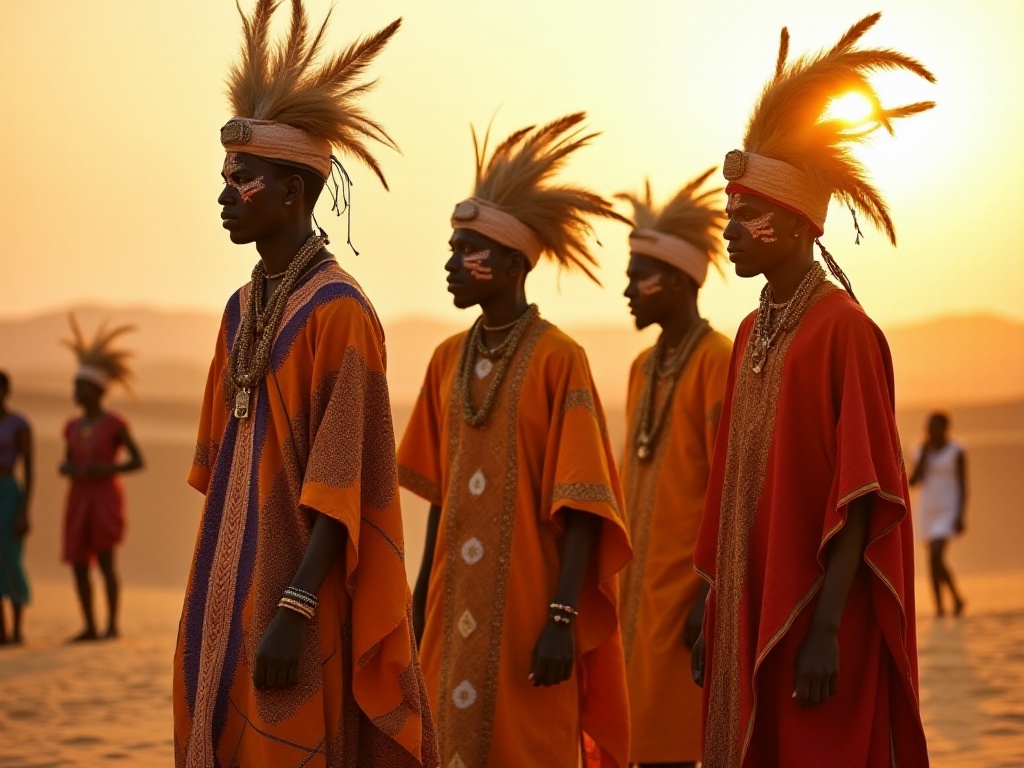
Dress Code
Dressing for New Orleans Mardi Gras is an art in itself. Mask culture holds special significance here, being not just decoration but a symbol of identity. Last year, I specifically bought a handmade Venetian-style mask, and the moment I put it on, I felt immediately transported into the carnival spirit.
In terms of clothing choices, the three festival theme colors - purple, green, and gold - are key. You can choose clothing combinations of these three colors or match them with corresponding accessories. Many locals wear specially made carnival costumes, some spending months preparing. But as a tourist, you don't need to be so formal - just incorporating the festival colors is sufficient.
Additionally, comfort is very important. During carnival season, there's lots of walking and standing, so comfortable shoes are essential. Considering the possibility of rain, it's best to bring a waterproof jacket. Don't forget to bring a small backpack for carrying "throws" and other souvenirs.
Cultural Reflection
New Orleans Mardi Gras is not just a grand celebration but also a mirror reflecting modern society. Here, everyone can temporarily remove their daily life masks, put on carnival masks, and release their true selves. This role transformation, to some degree, reflects modern people's desire for freedom and liberation.
In this fast-paced society, people are often bound by various identity labels. Professional image at work, social etiquette requirements, family role responsibilities - these are all like invisible masks. But during carnival, people can temporarily remove these masks and return to their most authentic state. Isn't this temporary role transformation exactly the psychological release that modern people need most?
The existence of carnival also reflects a society's inclusiveness. Here, people of different skin colors and cultural backgrounds gather together to create a joyful atmosphere. This spirit of tolerance and integration is particularly valuable in today's world full of disagreements.
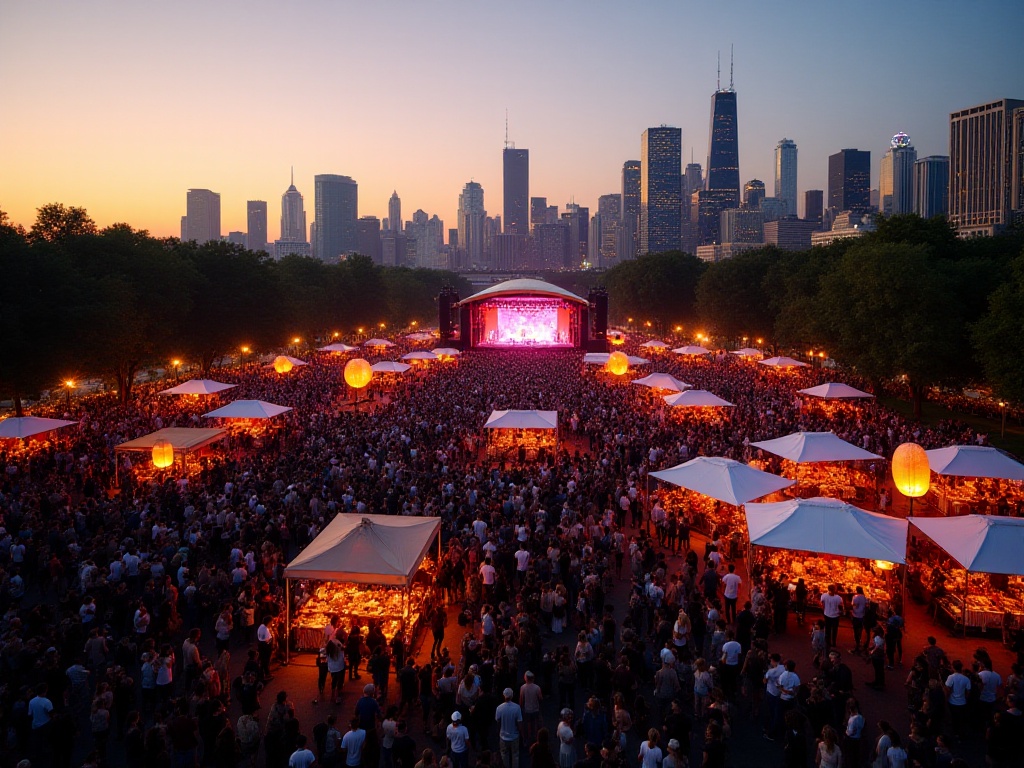
Future Outlook
With deepening globalization, New Orleans Mardi Gras continues to evolve with the times. New elements are added each year, showing the perfect integration of festival and era. For example, last year added environmental-themed floats, calling for attention to environmental protection. Some krewes have begun using biodegradable materials for "throws," reflecting the festival's emphasis on sustainable development.
Technological development has also brought new possibilities to the carnival. Now there are special mobile applications for checking parade routes and schedules, and even real-time tracking of specific floats. The popularity of social media allows more people to experience the charm of carnival through the internet.
However, in innovation, New Orleans Mardi Gras always maintains its core spirit - dedication to culture and pursuit of happiness. This balance allows this century-old festival to maintain its strong vitality. Believe that in the future, it will continue to evolve but never lose its unique charm.
This grand cultural carnival is not just a travel experience but also a journey of spiritual purification. It allows us to temporarily escape the pressures of daily life, find ourselves in joy, and regain strength in celebration. If you haven't experienced New Orleans Mardi Gras yet, consider adding it to your travel list. Everything here will surely be unforgettable.
Have you participated in similar festivals? Or are there any carnival activities you want to experience? Welcome to share your stories and expectations in the comments section.



